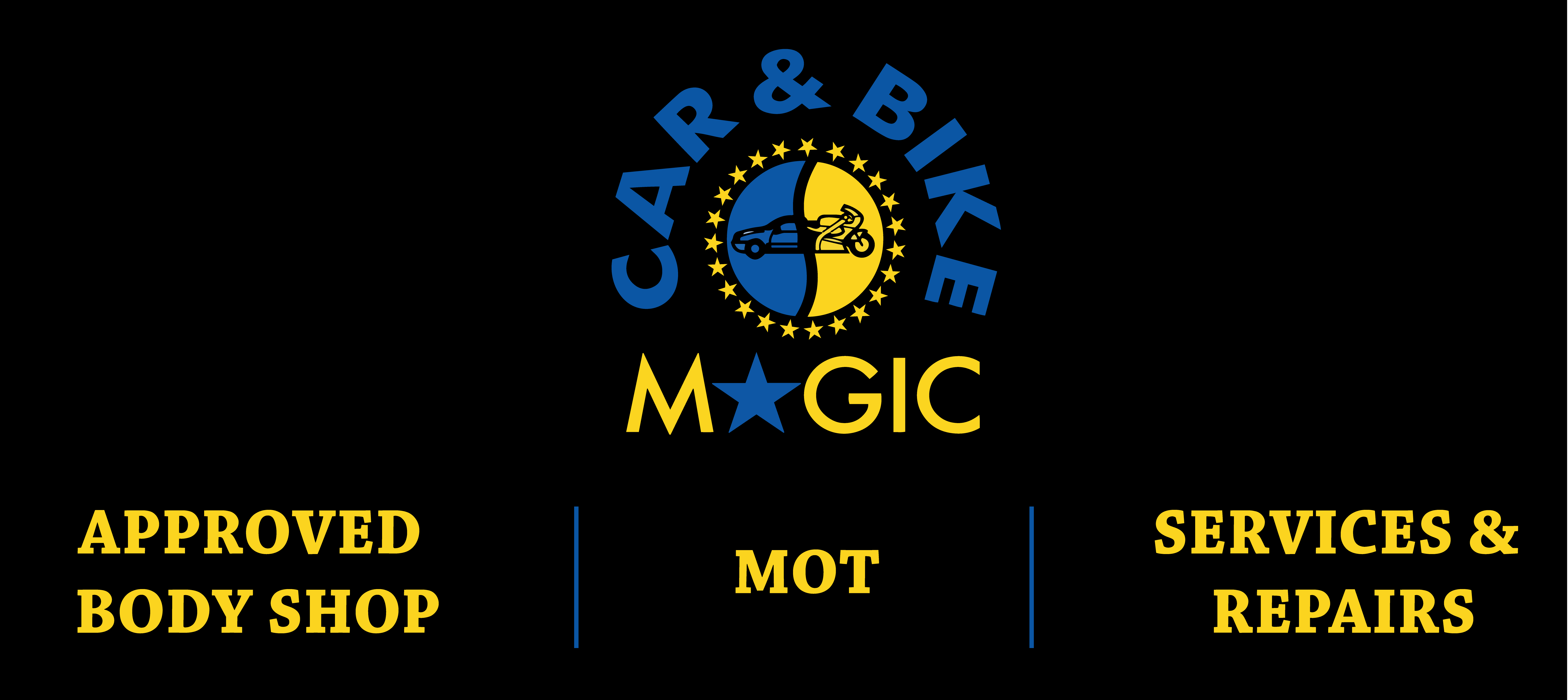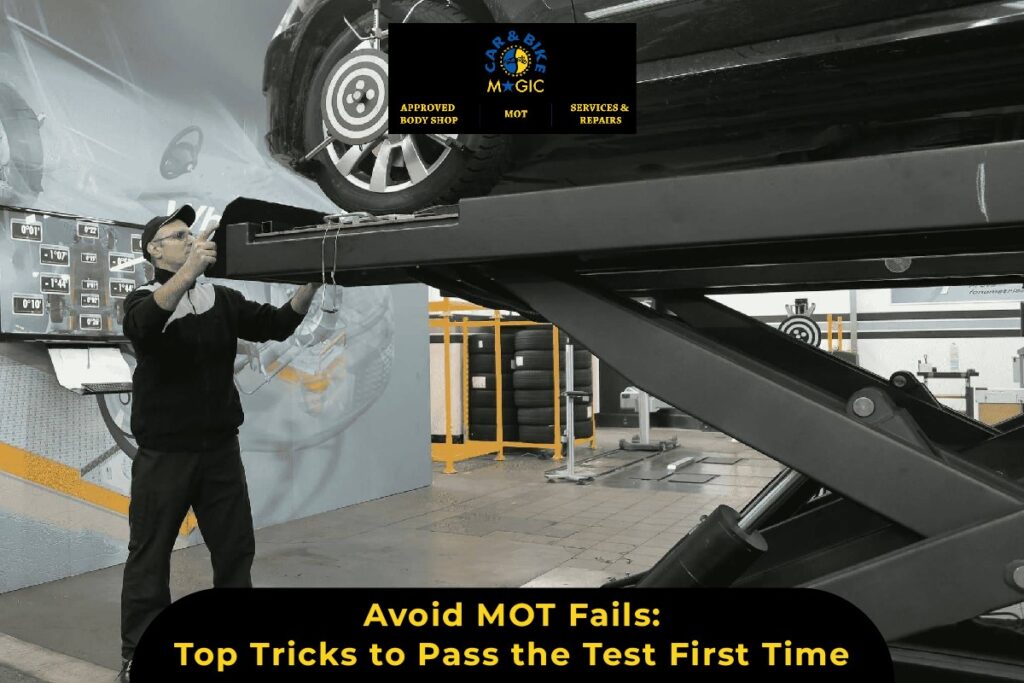Crack the Code—Make Your Car MOT-Ready Without the Stress
For most drivers, the MOT test is one of those annual chores that creeps up quickly and often causes a bit of panic. Will the car pass? How much will the MOT test cost? What if it fails over something small you could’ve fixed in five minutes?
The good news is that you can avoid all that stress with a little preparation. Whether you’re a first-time car owner or a seasoned driver who’s tired of those dreaded “fail” certificates, this guide breaks down the best MOT inspection tips to help you sail through your next test.
From quick MOT pre-check routines to understanding common MOT failure reasons, we’ll walk you through everything you need to know to improve your odds of passing the first time without spending a fortune.
What Is the MOT Test, and Why Does It Matter?
The MOT test (Ministry of Transport test) is a legal requirement for vehicles over three years old in the UK. It ensures your car meets minimum safety and environmental standards.
Failing your MOT doesn’t just mean a headache—it can keep your car off the road until the issues are fixed. In some cases, you can even be fined for driving a car without a valid certificate.
That’s why knowing how to pass the MOT test the first time can save time, money, and a whole lot of stress.
Common MOT Failure Reasons You Can Easily Avoid
You’d be surprised how many cars fail over simple, avoidable issues. According to testing statistics and expert analysis, some of the top MOT failure reasons include:
- Burned-out bulbs (yes, really!).
- Worn-out windshield wipers.
- Low tire tread depth.
- Faulty brake lights or indicators.
- Cracked mirrors or windshields.
- Excessive emissions.
These might sound minor, but they’re all part of the MOT inspection requirements. Take care of them early, and you’re already ahead of the game.
Your Ultimate MOT Test Checklist—Fix It Before They Flag It
Before booking your MOT, run through this practical MOT test checklist:
- Lights: Headlights, brake lights, turn signals, and hazard lights—all must work and match in color.
- Tires: Must have at least 1.6mm of tread and be free of visible damage.
- Brakes: Should stop smoothly without grinding or pulling.
- Wipers and Washers: Wipers should clear the screen effectively, and washers must spray properly.
- Mirrors: Secure, uncracked, and properly adjusted.
- Exhaust: No unusual noises, excessive smoke, or leaks.
- Horn: Loud and functional.
- License Plates: Legible, correctly spaced, and clean.
Running through this list as part of your MOT test preparation boosts your chances of passing dramatically.
For a deeper guide, check out the full car MOT service checklist here.
The Power of a DIY MOT Pre-Check
You don’t have to be a mechanic to do a solid MOT pre-check. A good 20-minute walkaround can help you catch many of the minor issues before they become major test-day fails.
Start by walking around your car and checking:
- All lights are working.
- The tires look healthy and evenly worn.
- No leaks under the vehicle.
- The windshield is clean with no large cracks or chips.
- All seat belts click and retract properly.
For added peace of mind, you can even get a low-cost pre-inspection at a trusted garage like Car & Bike Magic.
Watch Out for Warning Lights—They’re Test Failures Waiting to Happen
Dashboard lights aren’t just suggestions—they’re direct fail triggers on your MOT.
If your check engine light, ABS light, or airbag warning light is on during the test, it’s an automatic failure. Even a minor sensor issue can keep you off the road.
Make sure any warning lights are diagnosed and fixed before the test. A garage can usually reset these with minimal fuss (and cost) if it’s not a serious issue.
Know What to Expect: Inside the MOT Inspection Process
Understanding the MOT inspection requirements gives you a clearer picture of what the tester is looking for. The exam typically covers:
- Vehicle structure: Integrity of body, frame, and panels.
- Suspension and steering: Shock absorbers and joints must be secure and responsive.
- Emissions and fuel system: No leaks, and your car must meet required emissions standards.
- Driver controls: From your horn to your mirrors, everything must work properly.
Knowing what’s tested allows you to align your MOT test preparation accordingly—and avoid nasty surprises.
What does the MOT test cost, and is it worth doing early?
The standard MOT test cost in the UK is capped at £54.85 for cars. However, many garages offer discounted rates or bundle deals if you pair it with a service.
Consider booking your MOT a month early. If your car fails, you’ll still have time to fix it before your current certificate expires—without losing any days on your new one.
Some garages, like Car & Bike Magic, even offer reminders and MOT services with repair packages to save time and hassle.
Bonus Tips to Boost Your MOT Pass Odds
Here’s what seasoned drivers and testers recommend:
- Keep it clean: A dirty car, especially one with obscured plates or lights, can irritate testers or cause a fail.
- Fix small stuff now: Loose trim, missing wiper blades, or cracked mirrors are fast and cheap to fix.
- Check your fuel cap: A faulty seal or missing cap can cause emissions failures.
- Avoid “wait and see”: Book your test early, check your car, and give yourself time to fix issues before the certificate expires.
These small actions add up—saving you money, time, and repeated garage visits.
Final Thoughts: Make Your Next MOT a Breeze
Passing your MOT doesn’t have to be a nail-biter. With the right MOT test checklist, a little DIY prep, and attention to common fail points, you can breeze through it confidently—and even save money in the long run.
Whether you’re planning or racing against the deadline, follow these tricks to avoid MOT fails the first time around. And when in doubt, trust pros like Car & Bike Magic to keep your vehicle in top shape.
Because when your car’s ready, your life keeps rolling—no stress, no surprises, just smooth driving.
FAQs: MOT Questions Drivers Often Ask
Q1: How long does the MOT test take?
Most MOT tests take 45 to 60 minutes. If your car needs repairs, it may take longer.
Q2: Can I drive if my MOT has expired?
No. It’s illegal unless you’re driving to a pre-booked MOT appointment.
Q3: Will I get a certificate even if my car fails?
You’ll receive a “refusal of an MOT certificate” with reasons listed. You must fix the problems before retesting.
Q4: How soon can I retest after failing?
You can usually retest within 10 days for free or at a reduced cost.

